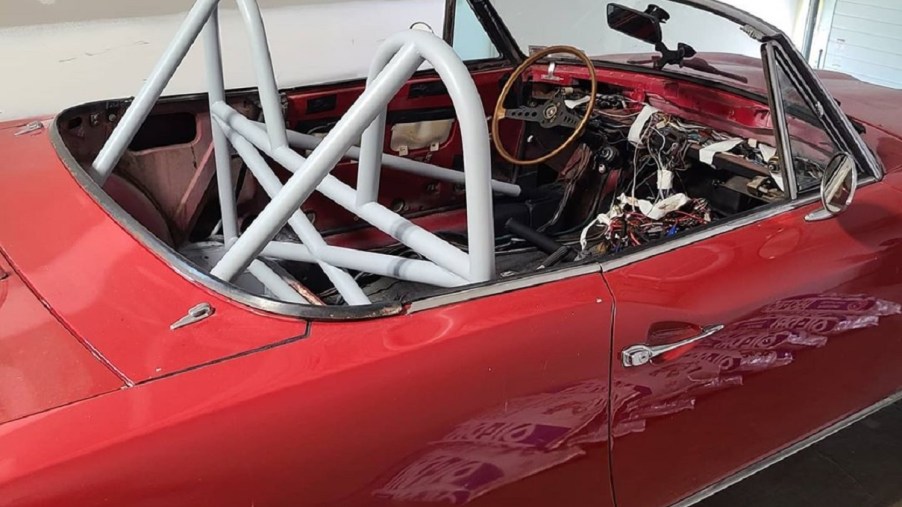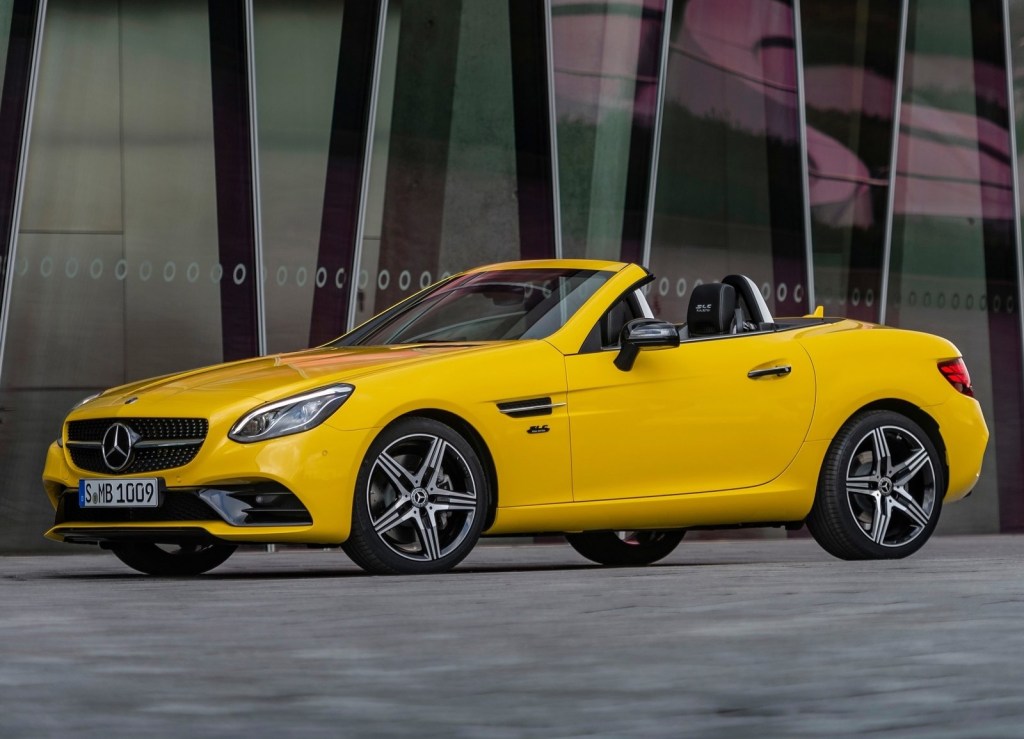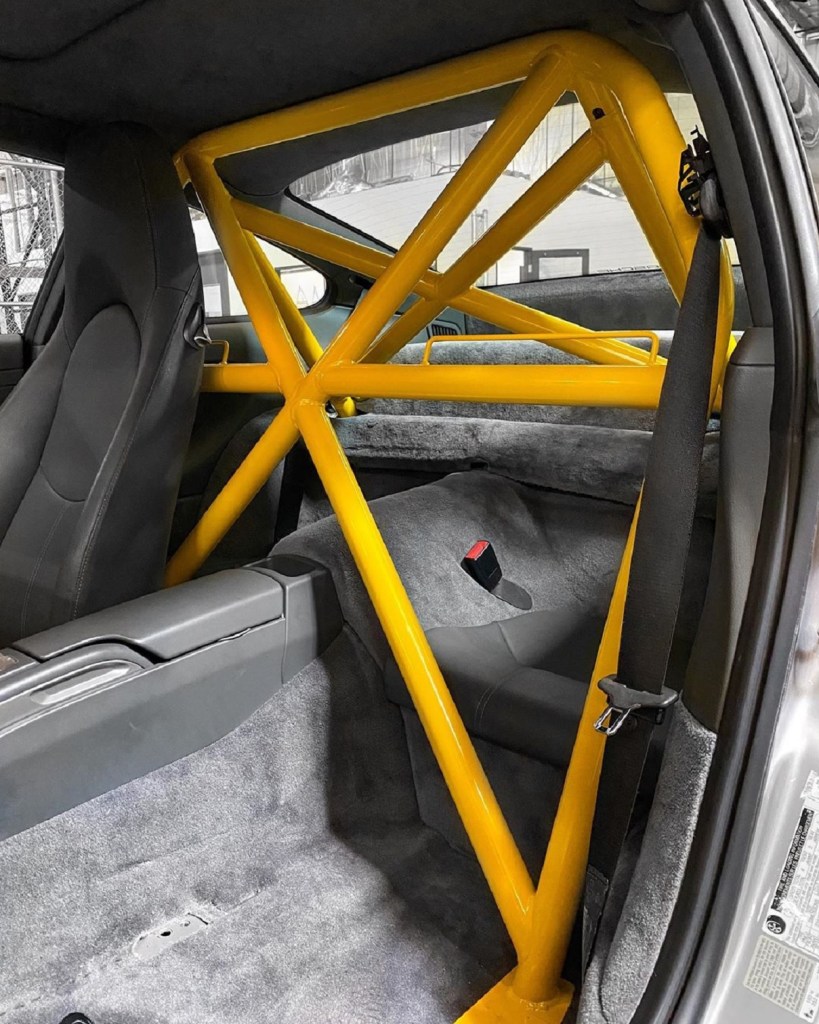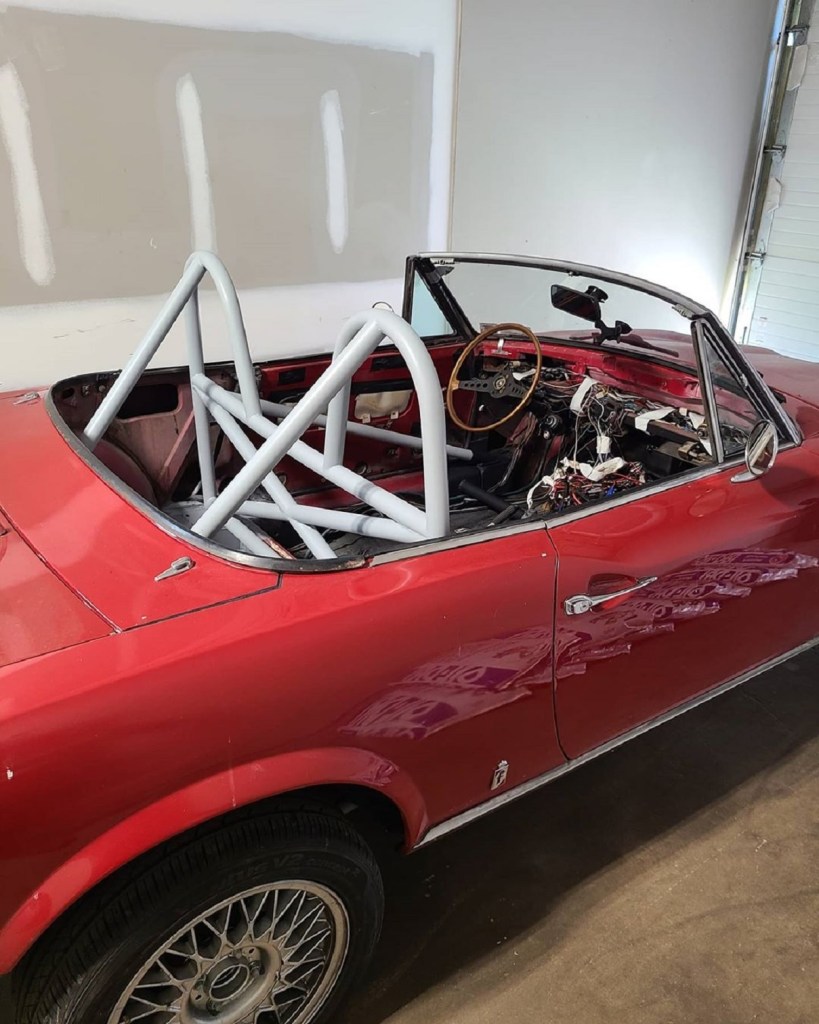
Why Your Convertible Sports Car Needs a Roll Bar
Whether you prefer the S2000 or a Miata, there are plenty of fun-to-drive convertible sports cars, new and used, to choose from. And many owners install modifications to further sharpen their cars. Some focus on handling, installing sway bars, or sticky tires. Others add more power, either with engine swaps or turbocharger kits. However, there’s one other mod that’s worth installing. Not necessarily for performance, but for safety: a roll bar.
What does a roll bar do?

A roll bar isn’t necessarily an aftermarket accessory. Many modern convertibles come with a built-in one, though it’s not always immediately obvious. For example, the current-gen Mercedes-Benz SLC has one, but it’s normally hidden. Only in certain circumstances does it pop up.
Those circumstances are what give the roll bar its name. Convertibles, whether they’re sports cars or luxury cars, don’t have a fixed roof. Not only does this make them less rigid, but it also provides minimal protection in case of a rollover. But the roll bar, which sticks up above the seats’ headrests, prevents the passengers’ heads from hitting the road. It also sends the impact force to the chassis, which can withstand it.
This is especially vital for racers. Many racing series, DSport Mag reports, require a roll bar even for hard-top cars precisely because of the added safety. In addition, the extra bracing stiffens the chassis somewhat, Jegs reports. So not only is the convertible safer, the handling is slightly sharper. Plus, the bar provides an excellent mounting point for racing harnesses, SpeedHunters reports.
Roll bar vs. roll cage vs. anti-roll bar

There is another modification that also improves rigidity and safety: the roll cage. Some even refer to certain roll cages as roll bars. On the surface, the two are fairly similar. Both are typically made of welded steel tubing, and both are found in race cars. However, the two terms aren’t technically identical, BangShift explains.
At its simplest, a roll bar is just that: a single bar. It can have loops, and it can made of multiple welded tubes, but it’s still essentially just a bar. Its main goal is to be the first thing that hits the ground when the car rolls over.

In contrast, a roll cage has multiple sub-sections extending rearward and often forward. 4-point roll cages are sometimes called ‘4-point roll bars’ because they lack forward and door-crossing tubes. As such, they blur the line between roll bars and roll cages. Though it’s worth noting their triangular shape makes them stronger than simple bars.
Plus, while cages do provide rollover protection, they also absorb other impacts, too. Instead of just focusing on overhead issues, a cage protects from all sides.
Also, many vehicles, convertibles and otherwise, have anti-roll bars. Also called sway bars, these have nothing to do with rollover protection. Instead, they connect the opposite sides of a car’s suspension across the axles to improve handling. An anti-roll bar prevents lean, which can cause rollover. But they’re not an actual safety device.
Cost and ease of installation
Depending on the kind of racing you’re doing, a roll bar may not offer enough protection. For example, the Dodge Demon’s ¼-mile times were so fast, the muscle car was actually banned from drag racing competitions. That’s because, at those speeds, the racers need to have roll cages—which the Demon didn’t have. However, for series like autocross, the bar is typically sufficient.
Bars are also noticeably easier to install than cages. So much so, that many owners install them even if they’re not racing. That’s what the previous owner of my NB Miata did. While many (but not all) roll cages need to be welded to the chassis, many roll bars simply bolt right in. Though you may have to remove some interior trim to do so, depending on the car.
In addition, roll bars are noticeably cheaper. Installing a cage can cost several thousand dollars. In contrast, Flyin’ Miata sells a 4-point bar for NBs that costs $450.
Follow more updates from MotorBiscuit on our Facebook page.


